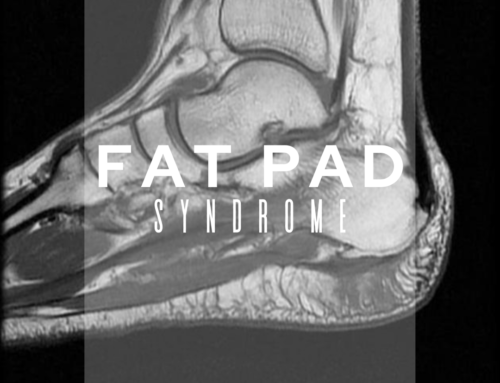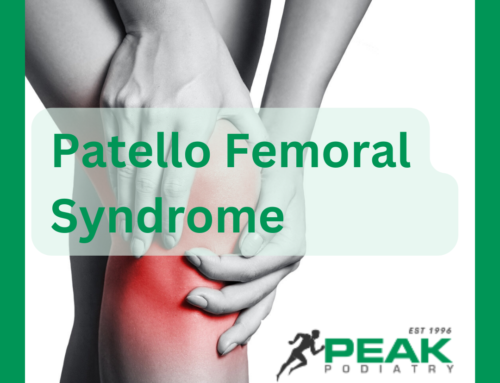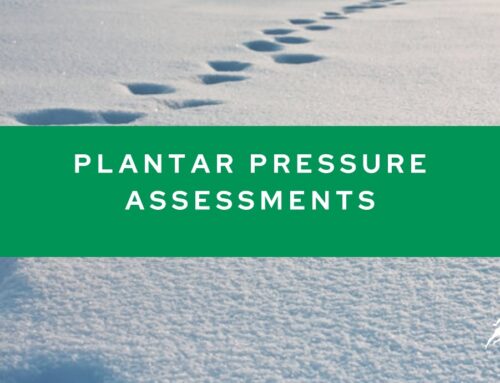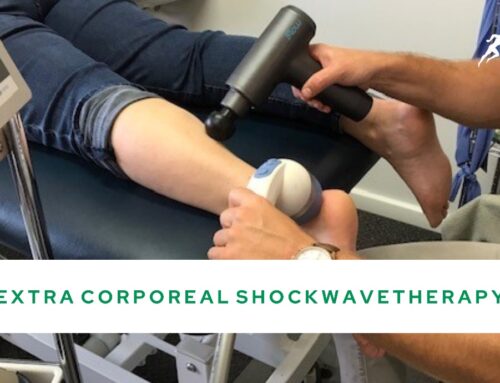As winter sports gear up, so does the occurrence of ankle injuries.
The most common of which is the inversion ankle sprain typically involving excessive movement of the foot pointing downwards (plantarflexion) and inwards (inversion). The presentation of a sprained ankle can vary depending on the severity of injury.
Signs and symptoms can include:
- Pain, especially with weight-bearing
- Tenderness when you touch the ankle
- Swelling
- Bruising
- Stiffness or restricted range of motion
- Instability
The severity of the sprain is best described as follows:
Grade I Sprain – Stretching of the ligaments and/or minor tearing
Grade II Sprain – Partial tearing of the ligaments
Grade III Sprain – Complete rupture of the ligaments
It is important to clinically grade (not necessarily through imaging) the severity of the ankle sprain to determine the most appropriate treatment and rehabilitation protocol.
In the initial stages following injury, it is appropriate to implement ‘RICER’ – Rest, Ice, Compression, and Elevation to manage pain and inflammation. The final R represents ‘Referral’ for a thorough clinical assessment and to create a treatment plan.
A short period of immobilization may be advised in the form of strapping, ankle brace or walking cast/moon boot depending on the severity of the injury. A video on how to apply ankle strapping can be found on our website at https://peakpodiatry.com.au/videos/
Rehabilitation will likely involve a progression through exercises including range of motion, proprioception, and strength. The team at Peak is here to help guide you through this and tailor a plan to get you back to the sport you love.








Leave A Comment